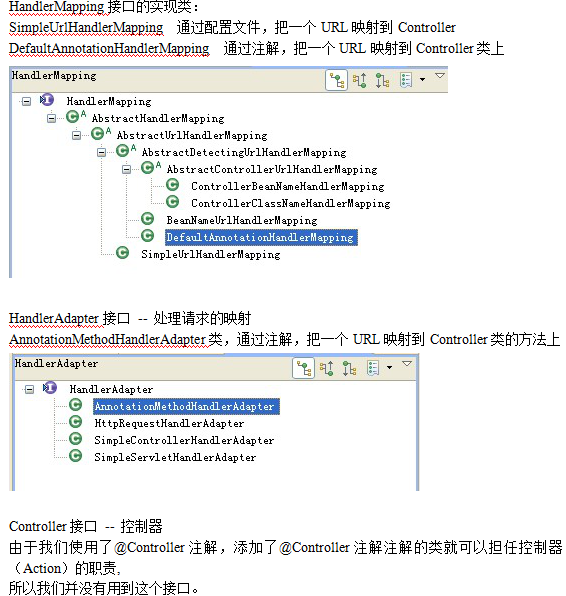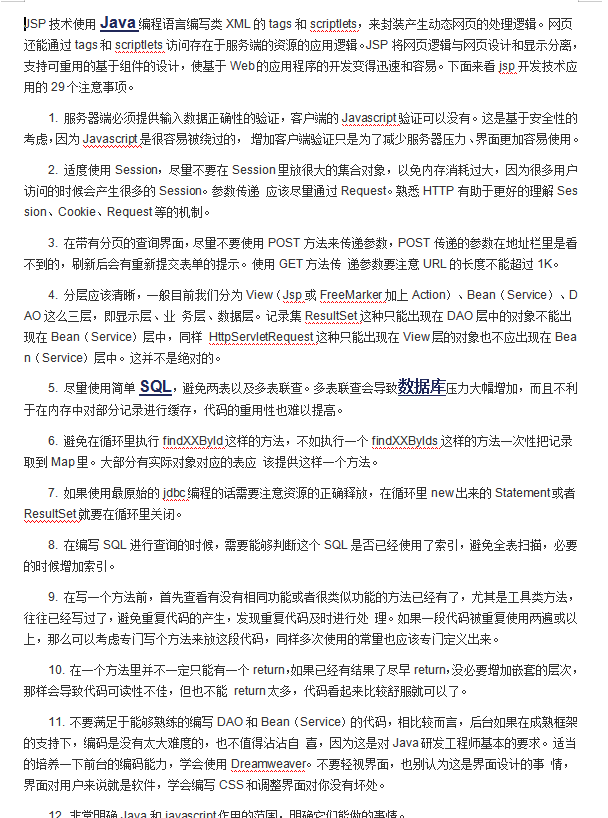
Spring集成测试数据准备策略:从手动插入到事务回滚的实战总结
大家好,我是33blog的技术博主。在多年的Spring项目开发中,我深刻体会到集成测试数据准备的重要性——它直接影响测试的稳定性、可维护性和执行效率。今天就来分享几种我在实战中总结的数据准备策略,包含具体操作步骤、代码示例,以及一些容易踩的坑。
1. 手动插入测试数据
这是最直接的方式,适用于简单的测试场景。我通常在@BeforeEach方法中手动插入需要的数据。
@SpringBootTest
@TestInstance(TestInstance.Lifecycle.PER_CLASS)
class UserServiceIntegrationTest {
@Autowired
private UserRepository userRepository;
@BeforeEach
void setUp() {
// 准备测试用户
User testUser = new User();
testUser.setUsername("testuser");
testUser.setEmail("test@example.com");
userRepository.save(testUser);
}
@Test
void shouldFindUserByUsername() {
Optional user = userRepository.findByUsername("testuser");
assertTrue(user.isPresent());
}
} 踩坑提示:这种方式容易造成测试数据残留,影响后续测试。我建议在每个测试后清理数据,或者在测试前先清理再插入。
2. 使用SQL脚本初始化数据
对于复杂的数据关系,我更喜欢使用SQL脚本。Spring提供了@Sql注解,可以很方便地执行SQL文件。
@SpringBootTest
class OrderServiceIntegrationTest {
@Test
@Sql("/scripts/init-test-data.sql")
@Sql(scripts = "/scripts/cleanup-data.sql", executionPhase = Sql.ExecutionPhase.AFTER_TEST_METHOD)
void shouldCalculateOrderTotal() {
// 测试逻辑
BigDecimal total = orderService.calculateOrderTotal(1L);
assertEquals(new BigDecimal("199.99"), total);
}
}对应的SQL文件示例:
-- init-test-data.sql
INSERT INTO users (id, username, email) VALUES (1, 'testuser', 'test@example.com');
INSERT INTO orders (id, user_id, total_amount) VALUES (1, 1, 199.99);实战经验:我习惯将SQL文件按功能模块分类存放,比如scripts/users/、scripts/orders/,这样结构更清晰。
3. 利用事务回滚保持数据干净
这是我最推荐的方式,通过事务回滚自动清理测试数据,确保测试隔离性。
@SpringBootTest
@Transactional
class ProductServiceIntegrationTest {
@Autowired
private TestEntityManager testEntityManager;
@Autowired
private ProductRepository productRepository;
@Test
void shouldUpdateProductPrice() {
// 使用TestEntityManager准备数据
Product product = new Product("iPhone", new BigDecimal("999.99"));
Product savedProduct = testEntityManager.persistAndFlush(product);
// 执行测试
productService.updatePrice(savedProduct.getId(), new BigDecimal("899.99"));
// 验证
Product updated = productRepository.findById(savedProduct.getId()).get();
assertEquals(new BigDecimal("899.99"), updated.getPrice());
}
// 测试结束后数据自动回滚,无需手动清理
}重要提醒:使用事务回滚时,要确保测试方法中不会提交事务。我曾经遇到过因为调用了@Transactional(propagation = Propagation.REQUIRES_NEW)的方法导致数据无法回滚的情况。
4. 使用测试数据构建器模式
当实体类字段很多时,我使用构建器模式来简化测试数据的创建。
// 测试数据构建器
public class UserBuilder {
private Long id;
private String username = "default_user";
private String email = "default@example.com";
public UserBuilder withUsername(String username) {
this.username = username;
return this;
}
public UserBuilder withEmail(String email) {
this.email = email;
return this;
}
public User build() {
User user = new User();
user.setUsername(username);
user.setEmail(email);
return user;
}
public static UserBuilder aUser() {
return new UserBuilder();
}
}
// 在测试中使用
@Test
void shouldCreateUserWithBuilder() {
User user = UserBuilder.aUser()
.withUsername("john_doe")
.withEmail("john@example.com")
.build();
User saved = userRepository.save(user);
assertNotNull(saved.getId());
}个人体会:构建器模式让测试代码更易读,也便于维护。当实体结构变化时,只需要修改构建器即可。
5. 使用Testcontainers进行数据库测试
对于需要真实数据库环境的测试,我使用Testcontainers来启动容器化的数据库。
@SpringBootTest
@Testcontainers
class DatabaseIntegrationTest {
@Container
static PostgreSQLContainer postgres = new PostgreSQLContainer<>("postgres:13");
@DynamicPropertySource
static void configureProperties(DynamicPropertyRegistry registry) {
registry.add("spring.datasource.url", postgres::getJdbcUrl);
registry.add("spring.datasource.username", postgres::getUsername);
registry.add("spring.datasource.password", postgres::getPassword);
}
@Test
void shouldConnectToRealDatabase() {
// 使用真实的PostgreSQL进行测试
// 数据准备策略与前面相同
}
}性能考虑:Testcontainers测试启动较慢,我通常只在需要测试数据库特定功能时使用,大部分集成测试还是使用内嵌数据库。
总结与建议
经过多个项目的实践,我形成了这样的数据准备策略选择标准:
- 简单测试:使用手动插入+清理
- 复杂数据关系:使用SQL脚本
- 大多数集成测试:事务回滚 + 测试数据构建器
- 数据库特定功能:Testcontainers + 真实数据库
关键是要保持一致性——在整个项目中采用统一的数据准备策略,这样其他开发人员接手时也能快速理解测试逻辑。希望这些经验对你有帮助!
2. 分享目的仅供大家学习和交流,您必须在下载后24小时内删除!
3. 不得使用于非法商业用途,不得违反国家法律。否则后果自负!
4. 本站提供的源码、模板、插件等等其他资源,都不包含技术服务请大家谅解!
5. 如有链接无法下载、失效或广告,请联系管理员处理!
6. 本站资源售价只是赞助,收取费用仅维持本站的日常运营所需!
源码库 » Spring集成测试数据准备策略





